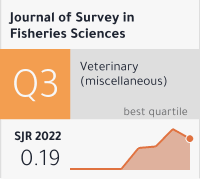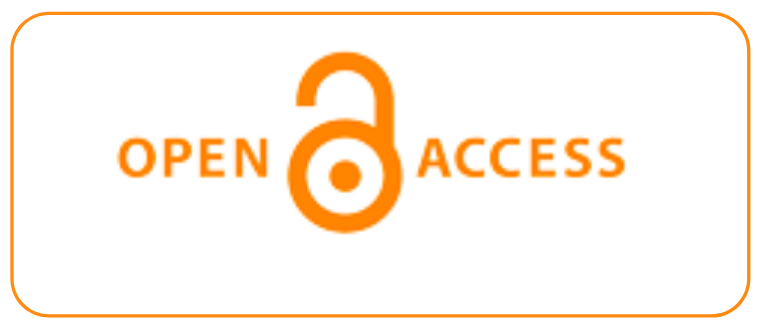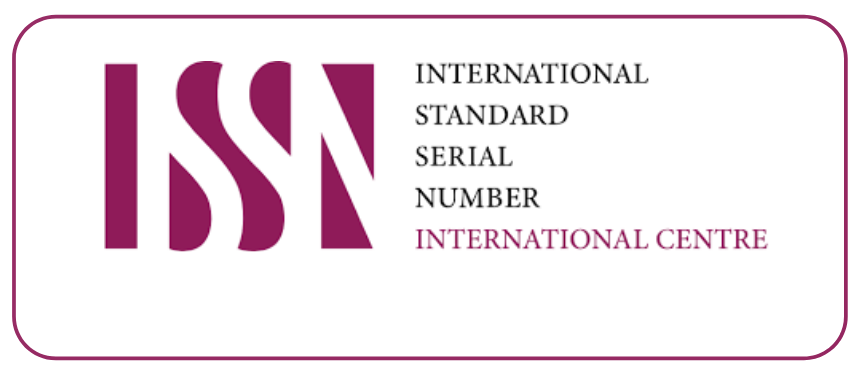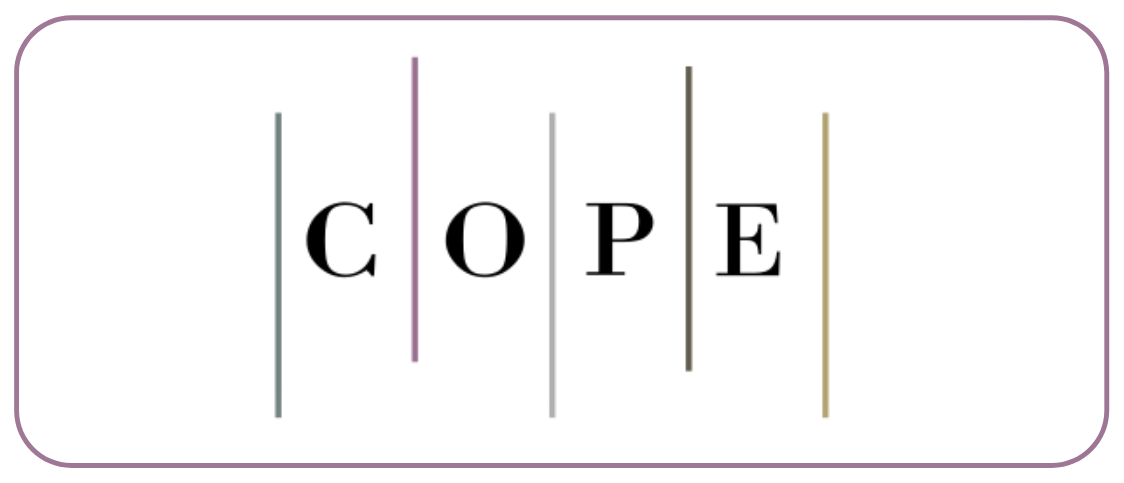UPWELLING ANALYSIS OF MOROCCAN ATLANTIC COAST BASED ON SATELLITE DATA.
DOI:
https://doi.org/10.53555/sfs.v10i2.1134Keywords:
Upwelling Index, Canary Upwelling system, Moroccan coast, Chlorophyll, SST, Wind force, FisheriesAbstract
Spatio-temporal upwelling patterns were studied along the Moroccan Atlantic Coast for 2015–2020 to scale upwelling intensity using chlorophyll-a (Chl-a) concentration as a reference upwelling proxy for relative biomass increase. Morocco's south coast has been under permanent upwelling regimes characterized by lower coastal sea surface temperatures (SSTs) than oceans of the same latitude. This regime is consistent with wind-derived Ekman transport (UIE). The index shows year-round upwelling-favorable conditions in the south. However, it has an annual cycle characterized by more favorable conditions in April-August, peaking in July, and less upwelling-favorable conditions in October-March, with a minimum in February. Compared to the north, a high chlorophyll concentration has been observed in the south of the Moroccan coast.









